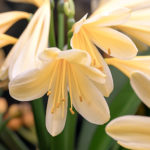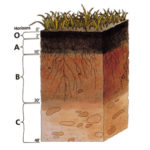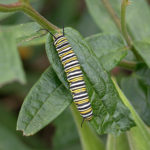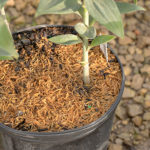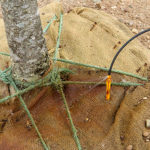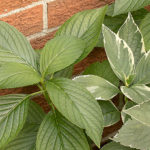Social Distancing for... plants? Yes, you read that right.
Social distancing for plants has two distinct applications.

The first is to keep plants apart that simply don’t get along well. Examples include those affected by Cedar-Apple Rust such as crabs, hawthorn, and quince and their alternate hosts of Juniper (virginana, horizontalis, and scopulorum). The deciduous get orange spots on their leaves and early leaf droppage while junipers get galls. Similar to this is Pear Rust which affects our ornamental Asian Pears , Bradford, Cleveland, et al. This, too, is caused by over-planting and proximity to Juniper species. The results are similar to Cedar-Apple Rust. A more recent fungal problem exist with our boxwoods and pachysandra. While not alternating hosts, plantings of these as complementary may increase risk of Boxwood Blight. Some genera simply need some distance or even not being included in the same landscape altogether.

The second application of plant distancing is proper spacing. This requires planning and knowledge of plant size, growth rates, and growth habit. The first crime in planting I would call the model home or interior-decorator syndrome. The landscape is planted for the here and now. It has to look lush and lived-in – NOW. The result in a few years is usually a crowded, jungle-like landscape. Much of the original plant material will need to be pulled out. The second crime is a planting that looks nice but really does not reflect the true growth habit of what has been incorporated into the landscape. Remember the Colorado Blue Spruce on the corner of the house; thirty years later you cannot see the house. The development of columnar trees and evergreens has solved this problem. Also, the introduction of many dwarf or compact versions of the old standby varieties has expanded the pool of variety and color palette. Only people my age remember the old Vanicek Weigela (a monster) that yielded to W. fl. ‘Red Prince.’ And now, we have Weigela florida: ‘Wine and Roses, Fine Wine, Dark Horse, My Monet, et al.’ How small can they get?

The art and discipline of plant spacing depends on a great knowledge of plant growth rate and maintainable size. If a new landscape is developing nicely in about three to five years, then you did a good job of placement. Larger trees and evergreens can take around three years to really establish. This is evidenced by greatly increased leaf size and improved coloring in evergreens. From this point on you should see an increase in growth rate. Most woody ornamentals are filling in and exhibit much heavier blooms during this same time. Perennials and groundcovers establish showing very little top growth first season – the Iceberg Effect (roots first, then foliage and flowering the next season).
We are at the mercy of tag information which is far from perfect and landscape architectural drawings rendered by an industry with low plant knowledge. If you take your landscape installation seriously and are interested in long-term results, become familiar with nursery varieties as fast as you can and keep up with new introductions.













